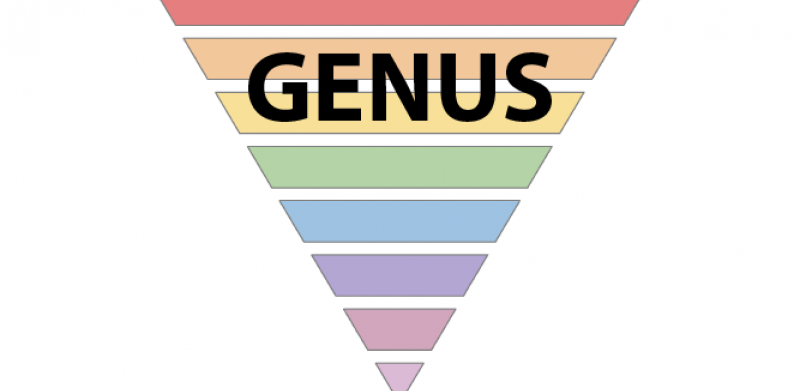Genus: Sunrhavirus
Subfamily: Alpharhabdovirinae
Genus: Sunrhavirus
Distinguishing features
Viruses assigned to the genus Sunrhavirus form a distinct monophyletic group based on well-supported Maximum Likelihood or Maximum Clade Credibility trees inferred from complete L sequences. Viruses assigned to the genus have been isolated from culicine mosquitoes, biting midges or birds in Central Africa, Egypt, North America or Australia.

